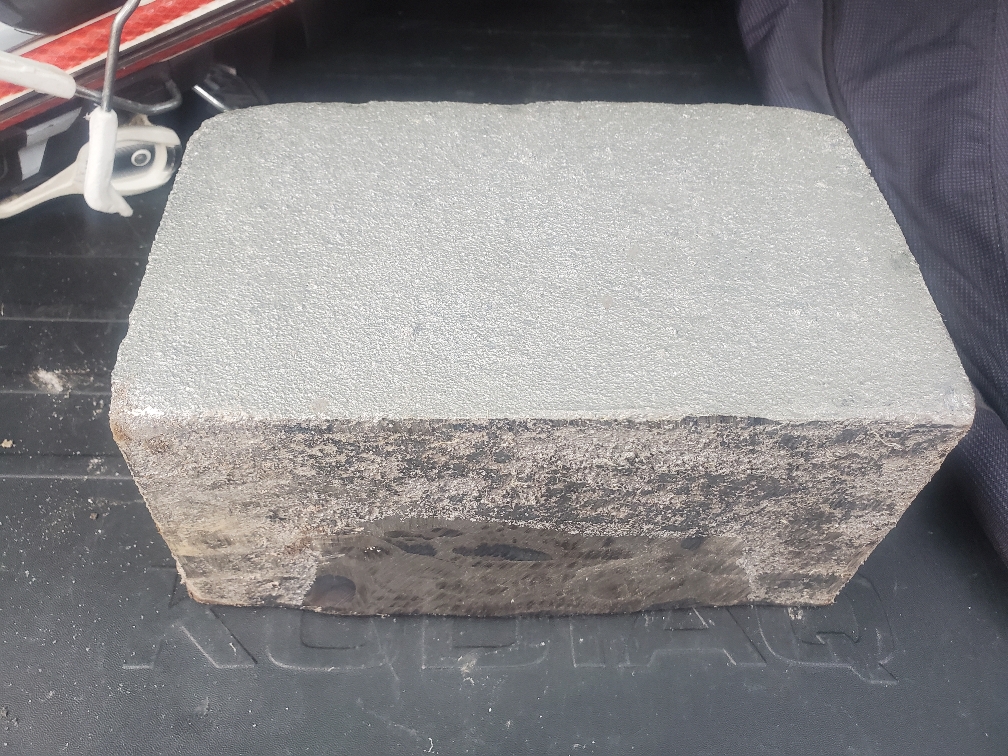Hello,
I have a question for the casting gurus out there.
I ordered at the local foundry a grey cast iron block with these dimensions: 23x13x11cm
I plan to machine a mill column spacer block for my benchtop mill.
The machined part will still be a 22x12x10 cm block with 4 through holes for the mounting bolts.
Considering the thickness of the finished part, do I need to stress releave the cast block before machining?
I mean, for complex parts with thin walls etc., stress releaving is mandatory. Buy what about this use case: thick parallelipedic block with just 4 mounting holes?
Thanks

Sent from my SM-G973U1 using Tapatalk
I have a question for the casting gurus out there.
I ordered at the local foundry a grey cast iron block with these dimensions: 23x13x11cm
I plan to machine a mill column spacer block for my benchtop mill.
The machined part will still be a 22x12x10 cm block with 4 through holes for the mounting bolts.
Considering the thickness of the finished part, do I need to stress releave the cast block before machining?
I mean, for complex parts with thin walls etc., stress releaving is mandatory. Buy what about this use case: thick parallelipedic block with just 4 mounting holes?
Thanks

Sent from my SM-G973U1 using Tapatalk

